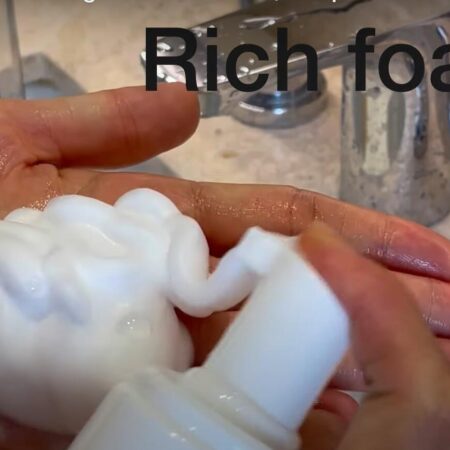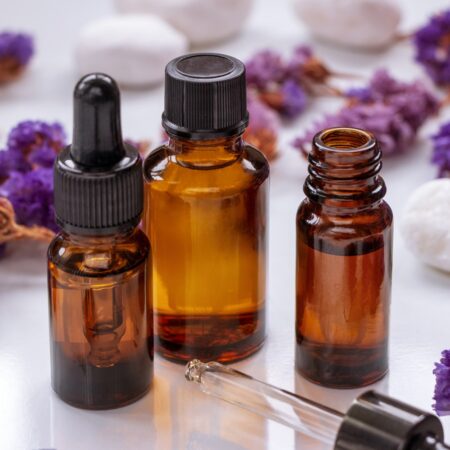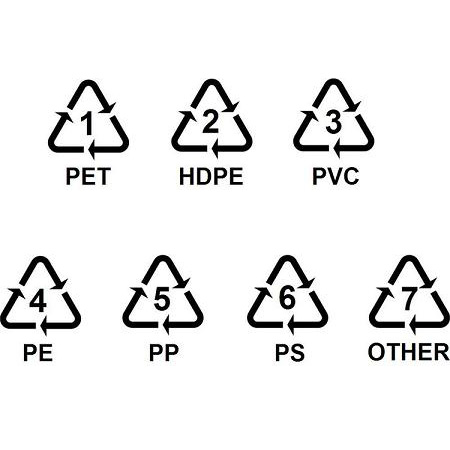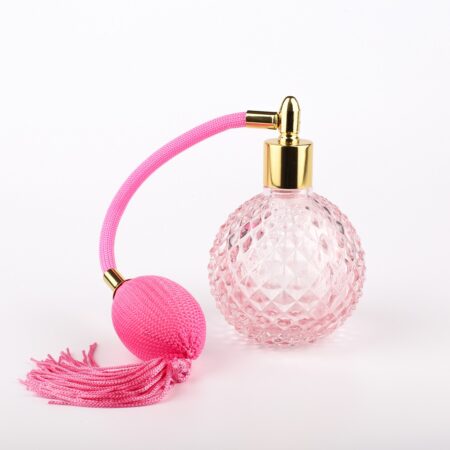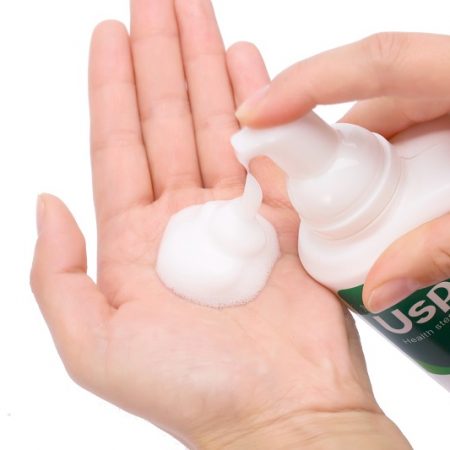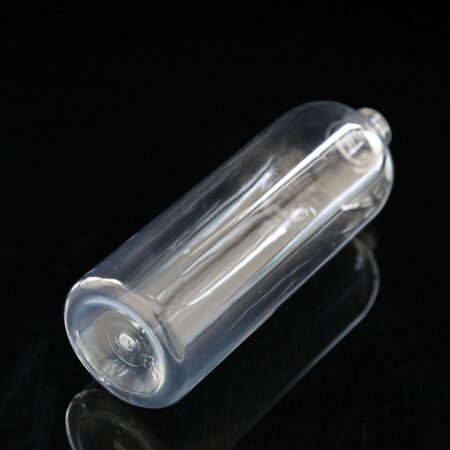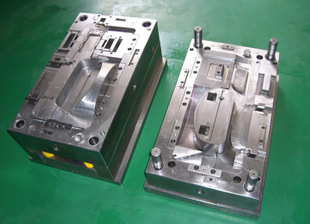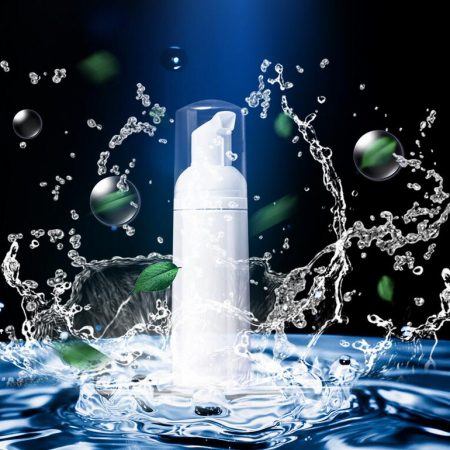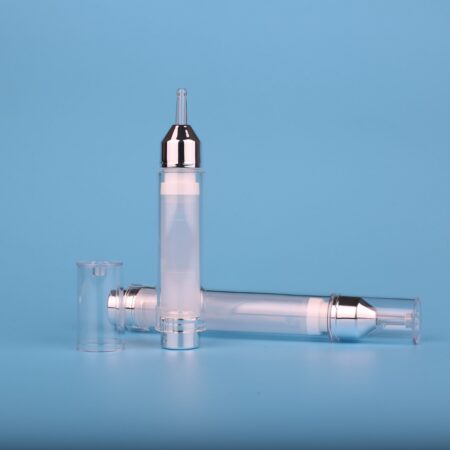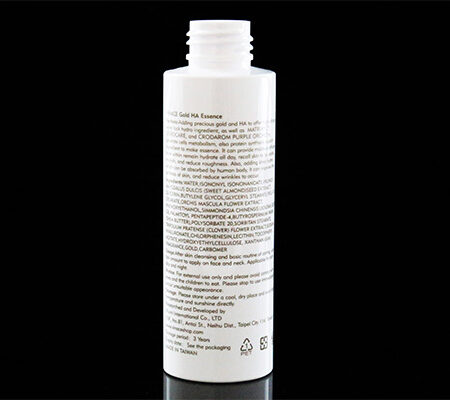Comparing Different Types of Plastic Bottles: A Buyer’s Guide
In this guide, we’ll explore the various plastic bottle types, ranging from the widely-used PET to the sturdy HDPE, to help you make an informed choice for your product packaging. Getting to grips with the unique features of each bottle type is crucial for selecting the best option for your specific needs.
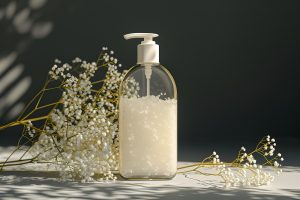
PET Bottles
Widely acclaimed for their transparency, strength, and recyclability, Polyethylene Terephthalate (PET) bottles are a staple in the packaging of beverages, personal care items, and cleaning products. Many beverage companies opt for PET bottles because they effectively preserve carbonated drinks under varying pressures and temperatures. Although PET bottles are competent in handling a range of temperatures, they fall short of scalding liquids. Their proficiency in blocking gases and moisture significantly extends the shelf life of the contents.
PE Bottles
Polyethylene (PE) bottles, available in high-density (HDPE) and low-density (LDPE) variants, are prized for their durability, flexibility, and chemical and moisture resistance. HDPE bottles, known for their rigidity and thermal resilience, are commonly used for packaging detergents and bleaches. In contrast, the more pliable and translucent LDPE bottles are ideal for squeezable products like condiments and shampoos.
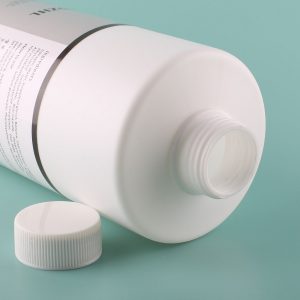
HDPE Bottles
High-Density Polyethylene (HDPE) bottles stand out for their durability, firmness, and chemical resistance. Their opacity safeguards light-sensitive contents from ultraviolet (UV) radiation. HDPE is the material of choice for many milk and household cleaning manufacturers owing to its high-temperature tolerance and recyclability.
LDPE Bottles
Low-density polyethylene (LDPE) bottles are characterized by their softness and flexibility. Though they offer less chemical resistance than HDPE, they are resilient to impact. LDPE is frequently used for packaging easily squeezable items such as ketchup, honey, and lotions, accommodating a broad temperature spectrum but not suitable for high-heat or solid chemical contents.
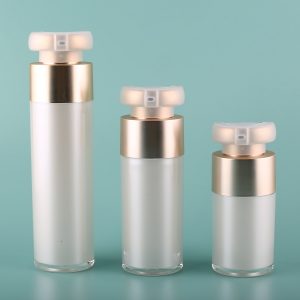
airless pump bottle
AS Bottles
Acrylonitrile Styrene (AS) bottles boast glass-like clarity and stiffness. Although less prevalent, they resist oils and greases, making them perfect for cosmetics like airless serum bottles. AS bottles project a premium look, yet their impact resistance may not rival that of PET or HDPE bottles. For instance, the luxury cosmetic sector often employs AS bottles to package high-value creams and serums to underscore the products’ lavishness and quality.
Acrylic Bottles
Favored in high-end cosmetic packaging for its clear, glass-like appearance, acrylic bottles protect sensitive items from UV light and physical impact. These bottles, often customized in shape and design, are generally more expensive, aligning with their upscale appeal to products such as perfumes and skincare items.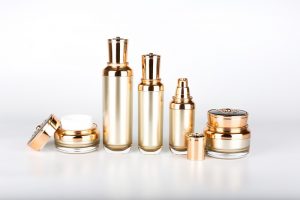
Choosing the Right Size
Size plays a crucial role in the selection of plastic bottles. It’s essential to choose a bottle that fits the volume of your product and ensures ease of use and handling. The neck size and the compatibility with caps or dispensers significantly contribute to the packaging’s functionality and user experience.
By exploring the specific attributes and applications of different plastic bottles, you can make a well-informed decision for your product. Consider the nature of the product, packaging requirements, and budgetary constraints. The right plastic bottle effectively packages your product, appeals to consumers, and maintains product integrity until usage.


